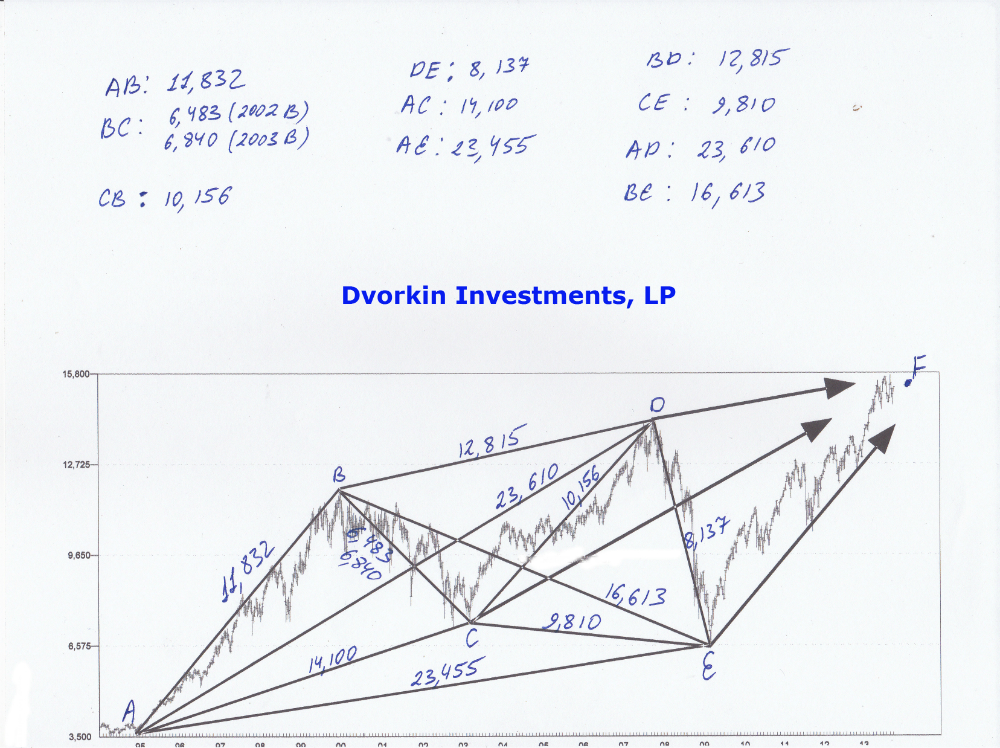What is TIMED VALUE ?
 Timed Value is an investment approach that I have developed over the last 15 years. Please, allow me to first break it down for you into two investment approaches and then bring it back together for a more comprehensive understanding.
Timed Value is an investment approach that I have developed over the last 15 years. Please, allow me to first break it down for you into two investment approaches and then bring it back together for a more comprehensive understanding.
Value Investing.
If you have been in an investment field for any period of time you know what value investing is and I won’t spend too much time going over it here.
Basically, Value Investing is investing in undervalued companies that for whatever reason are selling at a significant discount to their intrinsic value or what they should be worth. There could be a million and one reasons why that happens, but markets do swing up and down, improperly and significantly undervaluing great businesses at times.
By investing in such businesses you automatically reduce your risk due to a margin of safety. It’s not a sure fire way to prevent losses, but undervalued companies tend to depreciate less if you have made a wrong decision and appreciate more when your fundamental research is proven to be correct.
As you probably know Value Investing has been famously used by a super investor Warren Buffett to amass his $40-60 Billion wealth. I too firmly believe that value investing is one of the best ways to minimize risk while setting yourself up for a larger gain should the stock recover. At the same time, value investing has a number of shortcomings.
The biggest problem with value investing is TIMING. Yes, you might have found a very cheap or very expensive (short side) stock, but you have no idea WHEN this stock will move in your direction. Yes the stock might be cheap, but it can remain cheap and not move anywhere for many years -OR – worst, move in the opposite direction even though you are 100% confident that your fundamental analysis is correct.
Let me give you an example. As early as 2006, I have predicted the economic collapse of 2007-2008 and the catalyst behind it. I have made a determination that the market will decline significantly and that it would be best to be on the short side. I have identified the worst of the Sub-prime lenders (companies like LEND) and shorted them. Yet, these companies kept going up for the next 18 months. When my fundamental thesis was finally proven, these companies collapsed and filed for bankruptcy within 2 weeks.
The lesson of the story is…… while your fundamental analysis might be right on the money and you have minimized risk by creating a margin of safety, still you don’t know WHEN it will happen. In might be 10 years from today. In the meantime, you have investors calling you and bitching why hasn’t their portfolio performed well.
Which brings us to the TIMED part of the equation.
I believe it is instrumental to know WHEN something is going to happen. When will that stock start moving in the direction that your fundamental analysis indicates.
If you believe that timing is impossible to predict, you would be WRONG. And no, it has nothing to do with the technical analysis.
Before we go any further we must define a CRITICALLY IMPORTANT concept.
WHAT IS TIME?

I know it is a deep question. There are libraries full of philosophy and physics books that define time in a million different ways.
For our purpose, we have to ask a question. Is the time linear or is it cyclical?
The stock market chart identifies time as linear (from past to present to future), yet if you begin to actually study what time is you will very soon come to a conclusion that time is anything but linear. Nature is not linear. Everything in nature is cyclical. It might look linear to an untrained eye, but once you look under the hood, the situation is completely different.
For example, you are born, you grow up, you live, you grow old, you die. The cycle is now complete.
Same thing is with time. Time does not flow at a constant rate nor does it flow in one direction. Time vibrates and cycles at its own speed and rate of vibration.
Before I get in too deep let me restate it from a much simpler perspective as it applies to the stock market or individual stocks.
Because time is cyclical (not linear) and has its own rate of vibration as it applies to the stock market or individual stocks, that rate of vibration can be determined and as such be used to precisely identify WHEN any given stock or the overall market will move in any given direction.
Yes, you have heard it right, my mathematical work clearly indicates that the stock market can be predicted and timed to within daily resolution. Due to this, out sized returns can be achieved. Just as a note, this has nothing to do with technical analysis as my work moves well beyond TA.
So, what is TIMED VALUE? It is exactly what you think it is. It is investing in undervalued companies (minimizing risk) while precisely identifying the time of WHEN that move will occur. Once again, identifying the exact timing of the event is not only possible, but a reality. I have proven that fact to my entire satisfaction.
As such, when you implement TIMED VALUE you have accomplished both the reduction of risk and maximization of profit (low risk and high return). What more can you ask for as an investor?
Interested in my TIMING work? Please contact me with any inquiries.
 The U.S. stock market is killing it. In the two-and-a-half year period from Jan. 1, 2011, to June 28, 2013, U.S. shares returned a cumulative 35 percent—26 percentage points ahead of international developed markets and 47 points better than emerging markets.
The U.S. stock market is killing it. In the two-and-a-half year period from Jan. 1, 2011, to June 28, 2013, U.S. shares returned a cumulative 35 percent—26 percentage points ahead of international developed markets and 47 points better than emerging markets.
 Timed Value is an investment approach that I have developed over the last 15 years. Please, allow me to first break it down for you into two investment approaches and then bring it back together for a more comprehensive understanding.
Timed Value is an investment approach that I have developed over the last 15 years. Please, allow me to first break it down for you into two investment approaches and then bring it back together for a more comprehensive understanding.





